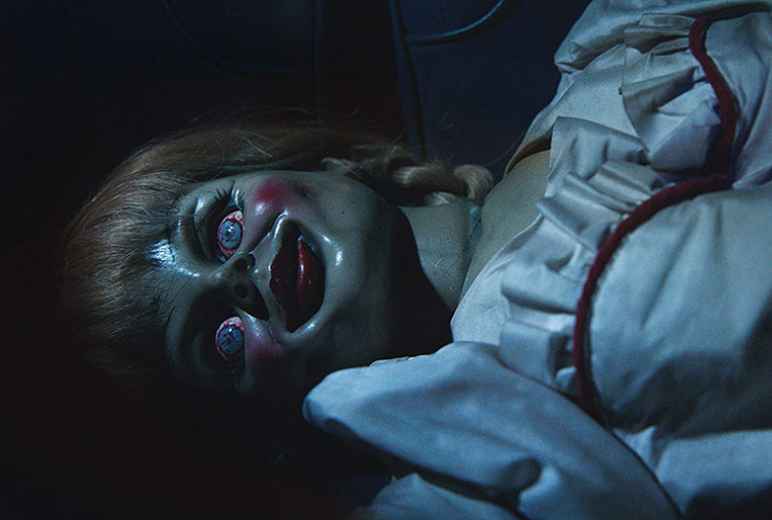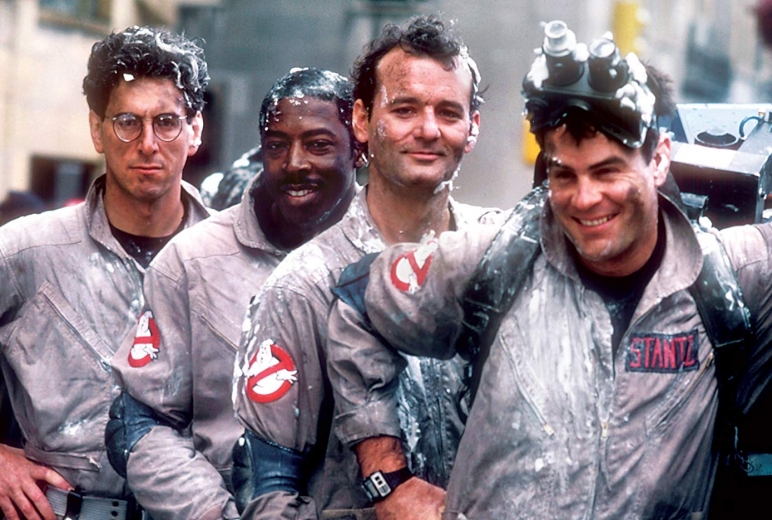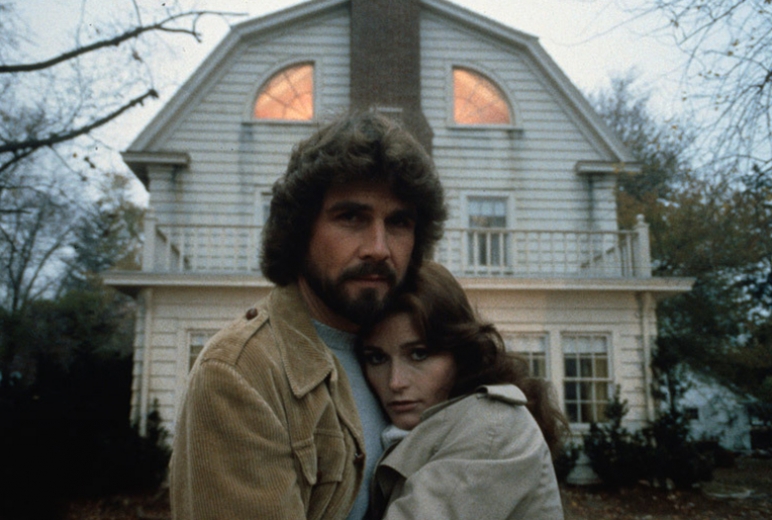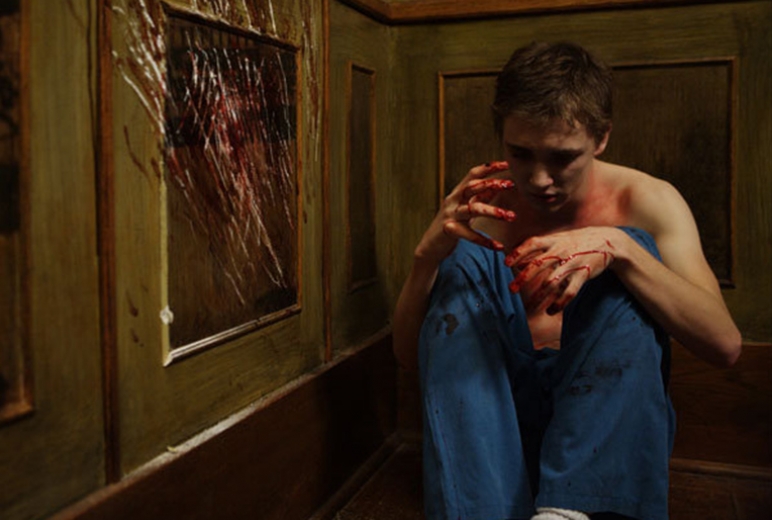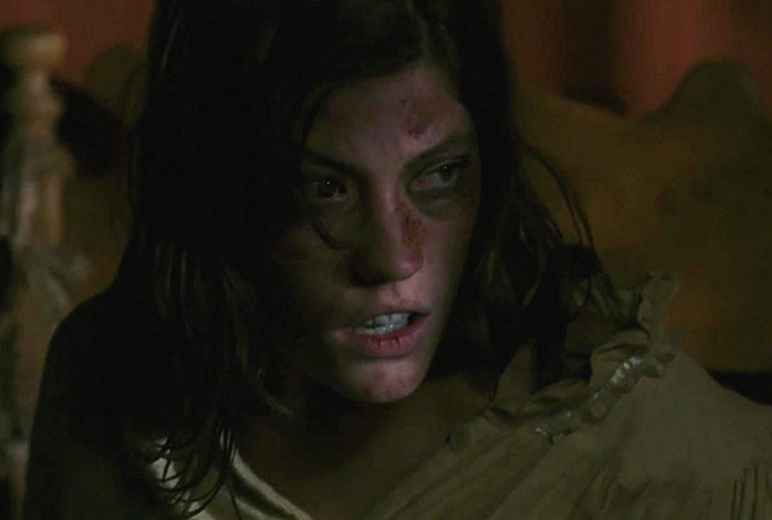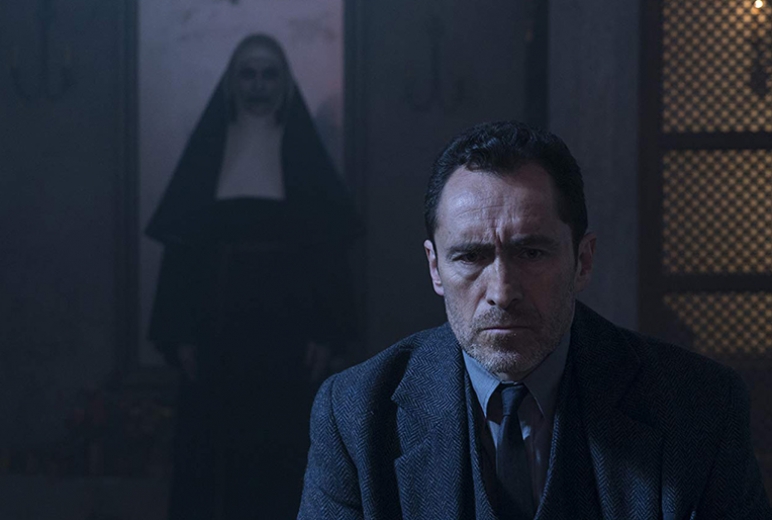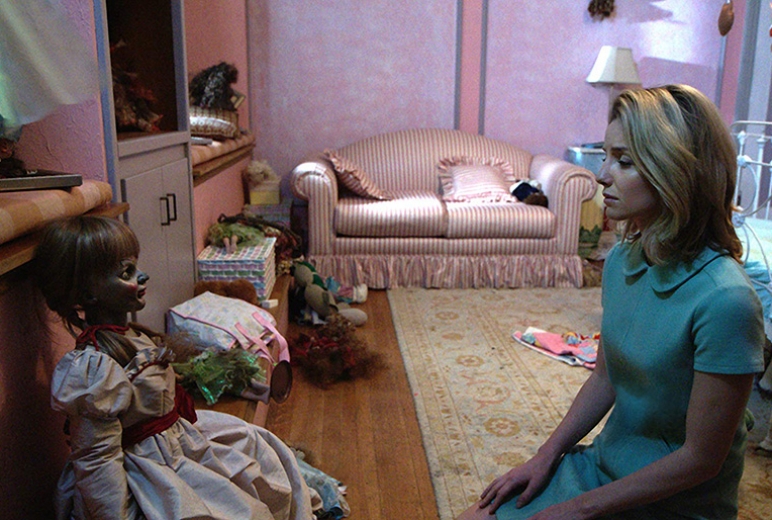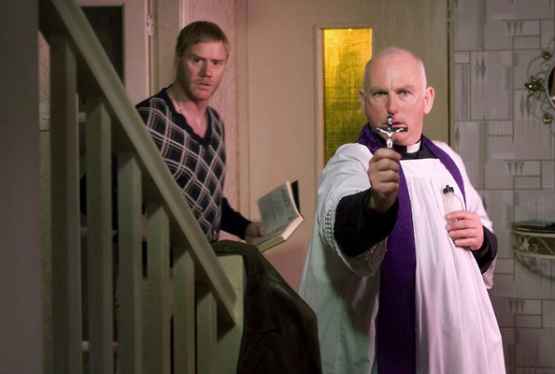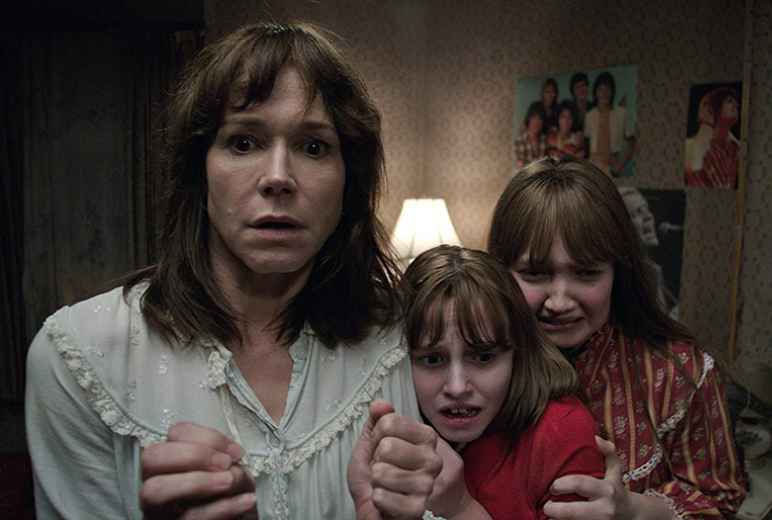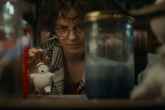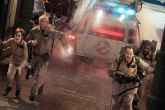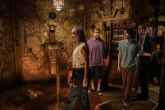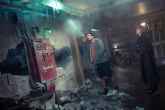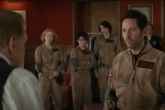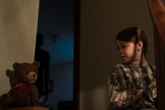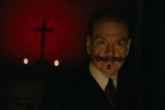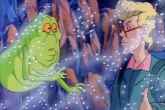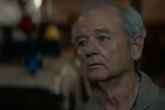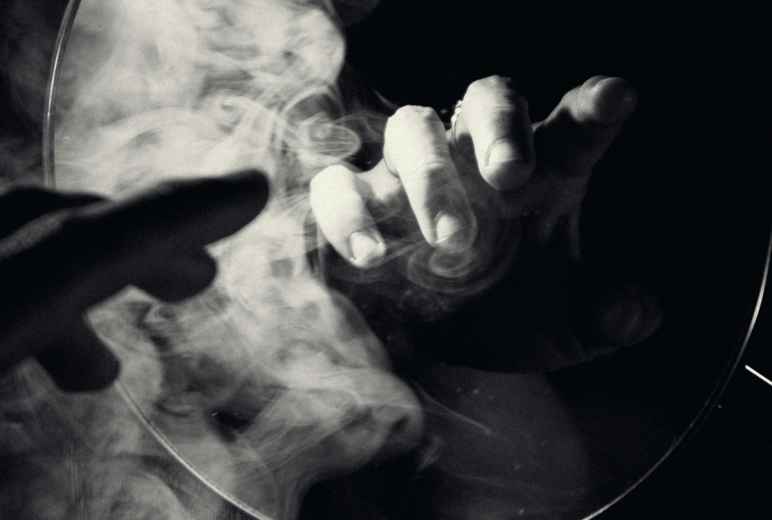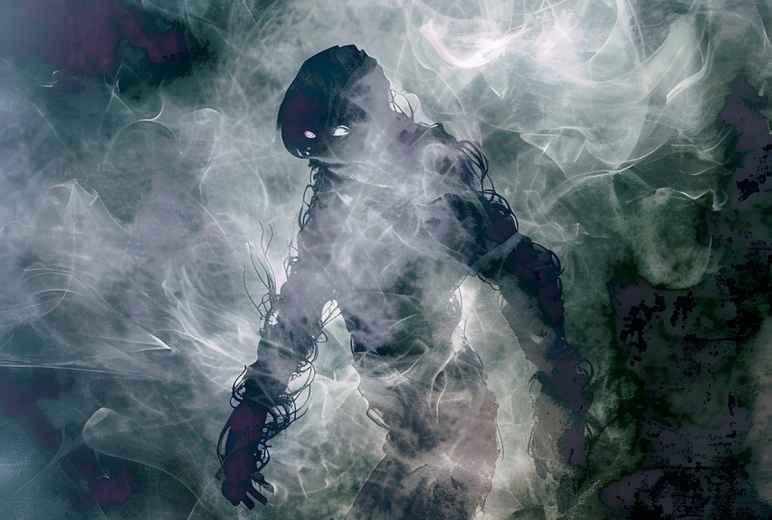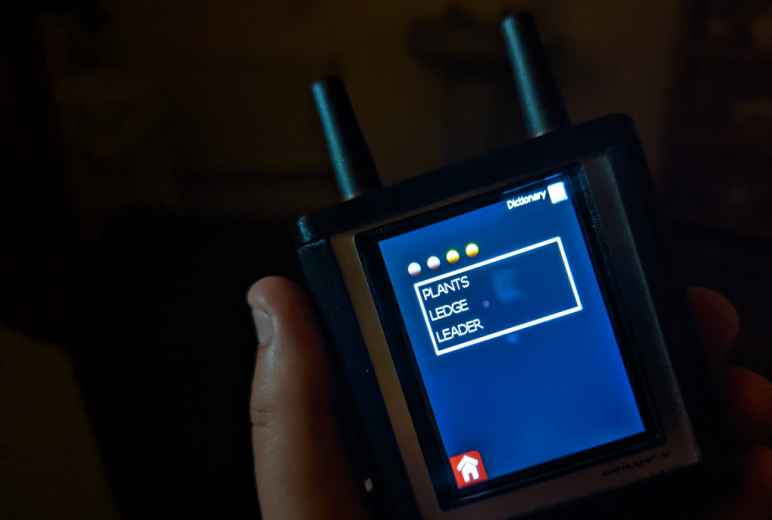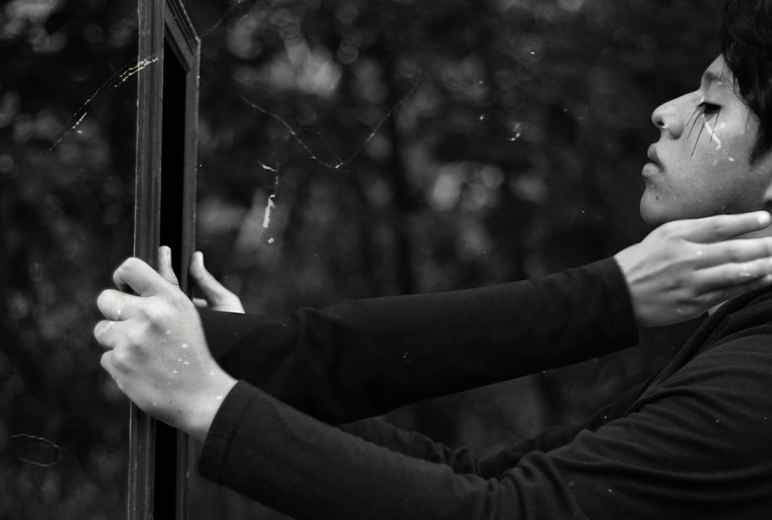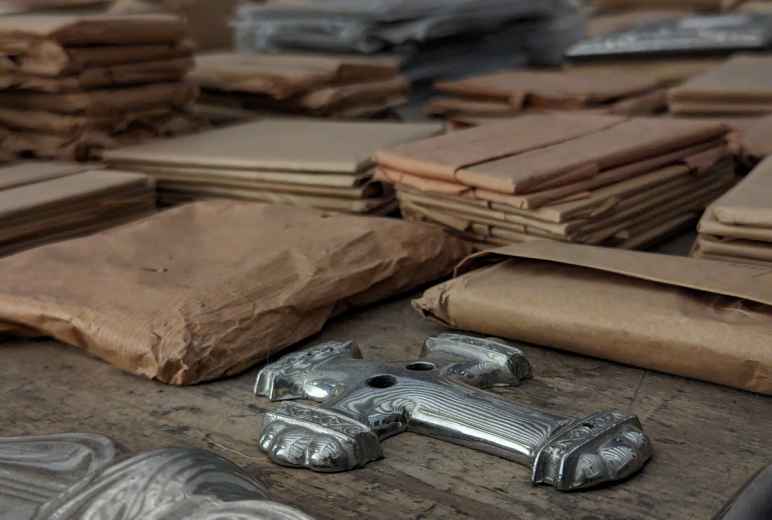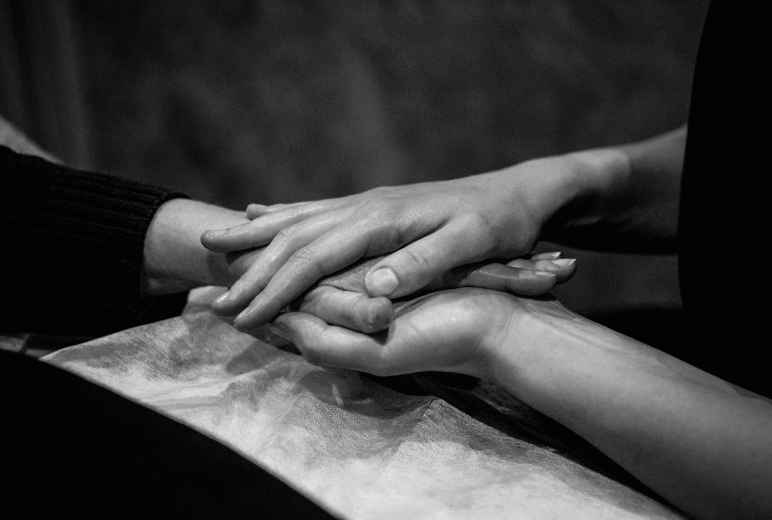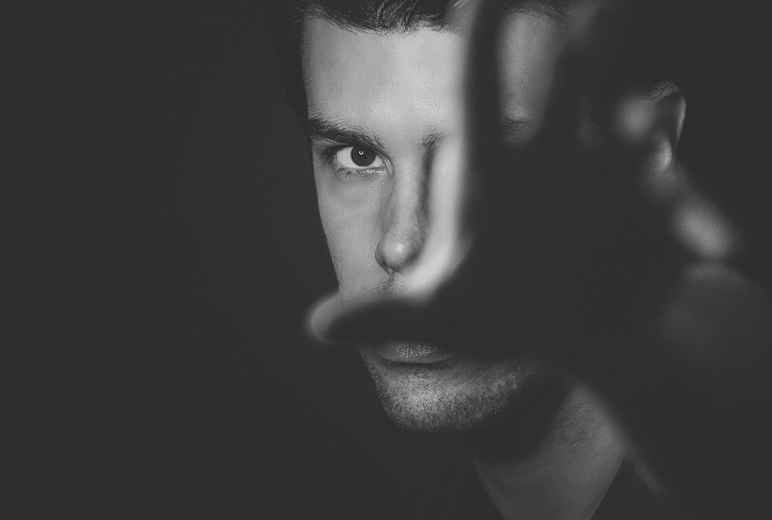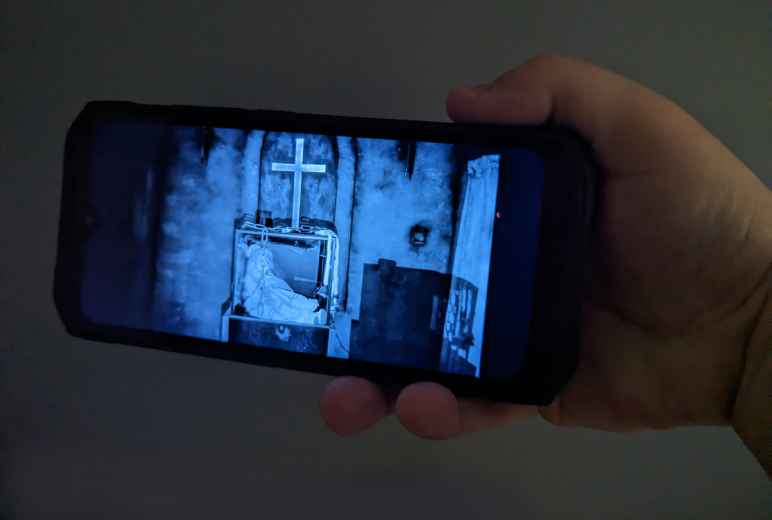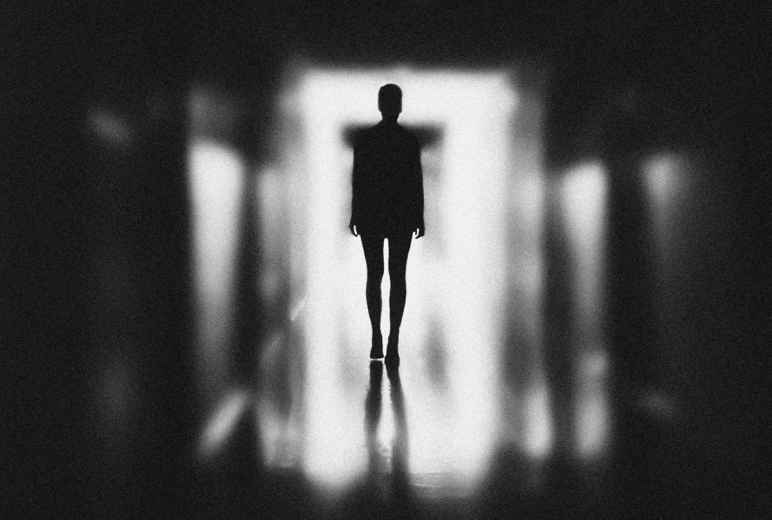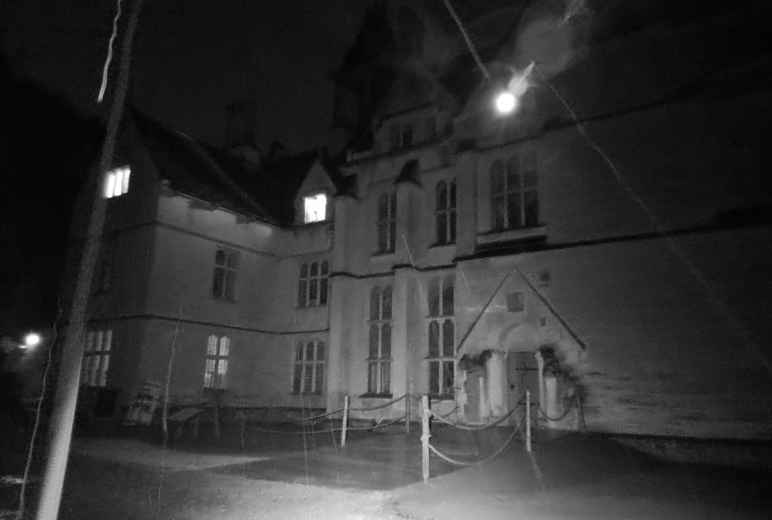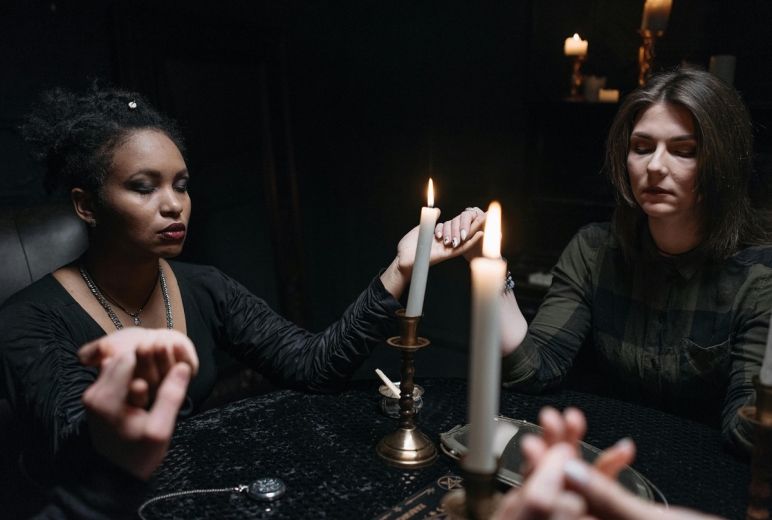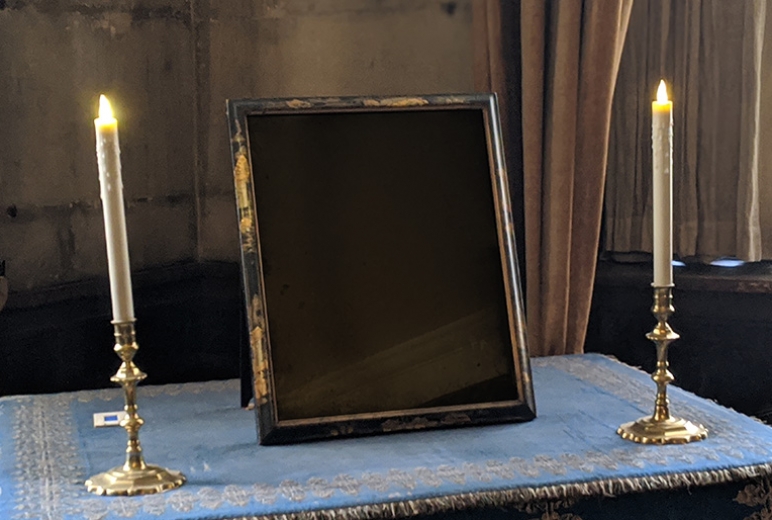The Real Haunted History Of 'The Exorcist'
October 23, 2019 6:00 AM ‐ Movies • Long Reads
This article is more than four years old.
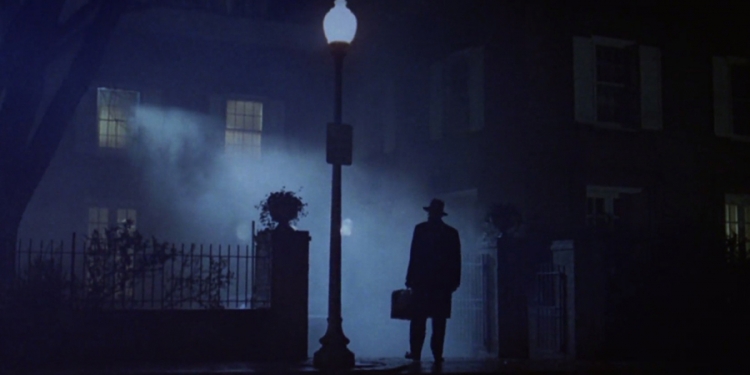
With good reason The Exorcist, directed by William Friedkin in 1973, is reckoned by many to be THE scariest horror film ever made, but have you ever wondered about the real haunted history that inspired the movie?
You've probably noticed how any horror film worth its salt with carry a critic's review somewhere within the advertising stating 'The most terrifying horror film since The Exorcist!' Whether these modern pretenders to the throne of horror better the 1973 classic is normally not in question, but The Exorcist has at least set the benchmark for all other films to pass.
Introducing The Film
On paper, it sounds very straightforward. A teenage girl appears to be suffering from a severe case of demonic possession and her desperate mother calls in a couple of priests to perform an exorcism. So far so normal, but for a number of reasons the film still comes up on the top of many must see lists of horror films again and again nearly fifty years after it was released. So what is it that makes the Exorcist so terrifying, and what are the origins of the film?
First of all, a quick romp through the plot...
The film opens on an archaeological dig in Iraq where a Catholic priest, Father Merrin (Max von Sydow) who had performed an exorcism in the 1950s, finds a small statue of Pazuzu, an ancient demon.
Meanwhile, in the USA, the actress Chris MacNeil, played by Ellen Burstyn, is making a film on location in Georgetown, a suburb of Washington DC. She's living in a rented house for the duration of the filming with her twelve-year-old daughter Regan, played by Linda Blair. Regan plays with a Ouija board one afternoon. Apparently unaffected, she claims to have been speaking to a pretend friend called Captain Howdy.
Shortly afterwards, Regan begins displaying strange behaviours, including showing signs of unnatural strength, making strange sounds and swearing. During one of her mother's dinner parties she tells one of the guests, an astronaut, that he will die whilst he's in space, then urinates on the floor.
Things take a turn for the worse, and events like Regan's bed vibrating while she's in it start happening, and despite getting the medical profession involved to carry out some pretty gruelling tests, nobody can explain what is happening to Regan. A babysitter, looking after Regan one night while her mother is out, dies whilst caring for Regan, seemingly by falling out of a window.
The doctors finally reach the conclusion that even though they don't believe in demonic possession, because Regan believes herself to be possessed, an exorcism could cure her.
Regan's mother, Chris, contacts a local priest, Father Karras. He is apparently suffering a crisis of faith following the death of his mother. After meeting Regan becomes convinced, she is possessed, and must perform an exorcism to save her soul. Calling on the experienced Father Merrin, they get to work.
During the early stages of the exorcism, the priests are subject to all manner of obscenities, both literal and figurative, including masturbating with a crucifix. The demon appears to be very powerful, and constantly taunts the priests. The more senior Merrin orders Karras out after he has shown weakness, and proceeds alone. Later, Karras returns, to find Merrin dead, and the demon seemingly still in full possession of Regan. In a desperate attempt to save the girl, Father Karras invites the demon to take over his body, "come into me! Take me!" and as it does, he kills himself by throwing himself from the window before he can harm Regan.
The film ends with Regan and her mother returning to their lives in Los Angeles, Regan apparently not remembering anything of her possession.
Advertisement ‐ Content Continues Below.
What are the true origins of the story of The Exorcist?
It may come as little surprise to most of you that the 1973 film The Exorcist is based on the 1971 novel, The Exorcist, written by William Peter Blatty. Blatty was both the producer and screenwriter of the film, and the director, William Friedkin, was his first choice.
Blatty's control over both the novel and the film is critical, as the novel itself is so much more than a straightforward horror story. It deals with some fairly big topics, such as religious faith, mortality and if evil is a tangible presence in the world. These are key factors in how successful the book was, selling over 11 million copies since it was first published. For a book about demonic possession, that's not bad going! Blatty himself attributed the success of the book to religion, of a sort, stating: "This novel is an affirmation that there is a final justice in the universe, that there is a high degree of probability … that there is an intelligence, a creator whom C.S. Lewis famously alluded to as "the love that made the world."
Perhaps a case of false modesty as a book can deal with whatever lofty concerns you like, if it wasn't brilliantly written we'd not be talking about it today.
So, the success of the book meant a film adaptation was almost definite. But where did the idea for the book come from? It came from, an actual, real life… exorcism!
The Exorcism Of Roland Doe
To find the 'true' story that became the foundation of the novel and film, The Exorcist, you need to head back to 1949. A 14 year old boy, who is believed to have been called Ronald Hunkeler, but was subsequently referred to pseudonymously as 'Ronald Doe', reported 'strange things' happening in his bedroom. Specifically, strange noises, scratches, and perhaps most relevant here, his mattress moving of its own accord.
These events were reported shortly after his aunt had died, an aunt who was a spiritualist and had taught him how to use a Ouija board.
Unable to explain the events, the boy's family contacted a local pastor, who observed objects levitating and strange sounds coming from the boy, recommended the family contact a Catholic priest. What happened next, was that through a series of exorcisms performed on the boy, including a documented exorcism performed by Father Edward Hughes, a Roman Catholic priest of St. James Church, Mt Rainier, Maryland, assisted by William Bowden, an associate of the local college church, and recorded by Raymond Bishop.
Allegedly, during the exorcism the bed was seen to shake, the boy spoke in a strange low voice, and obtained a bedspring from the mattress with which he attacked the priest.
Further exorcism called in reinforcements, in the form of Fathers Water Halloran and William Van Roo, Jesuit priests.
In the last exorcism performed, words such as 'hell' and 'evil' were apparently spelt out on the boy's body, one of the priests suffered a broken nose, but the exorcism apparently worked as the boy was never troubled by 'evil spirits' again.
So these reports of an actual exorcism are what influenced William Peter Blatty, and whilst exorcisms were performed on the boy, if we're to believe the reports made at the time, was he actually possessed by a demon?
Apparently not. Recent investigations into those who knew the boy when he was growing up claimed he was a bit of a joker. Author Mark Opsasnick investigated the story and claimed the boy was a disturbed bully who threw tantrums to get out of school. That he would have heard latin words used at school and this explains the 'demonic chanting' he was responsible for. Opsasnick also said there is no credible evidence to show the boy was possessed, that rumours have snowballed about the case ever since it came to light, and that nothing supernatural was recorded at the time.
So, in conclusion, yes, exorcisms were performed on a boy – but it seems unlikely he was actually living with one or more demons inside him.
The Real Father Merrin
There is another element of The Exorcist based on real life and that is the origin of Father Merrin. When Blatty was writing the section of the book, and later, film, where Father Merrin uncovers the small figure of the demon Pazuzu. He based the character on the British archaeologist Gerald Lankester Harding, who worked on the cave-based excavations of the Dead Sea Scrolls, which were found in the late 1940's. If you're in any doubt about confirming this story, it's worth noting that in The Exorcist, Father Merrin's first name is Lankester.
But why is the film so frightening?
There are many reasons, both technical and 'artistic', about just why The Exorcist maintains its power to frighten over both new and old film fans. Some claim it's the 'hidden' flash frames of Captain Howdy hidden in the film, or the techniques Friedkin employed on set.
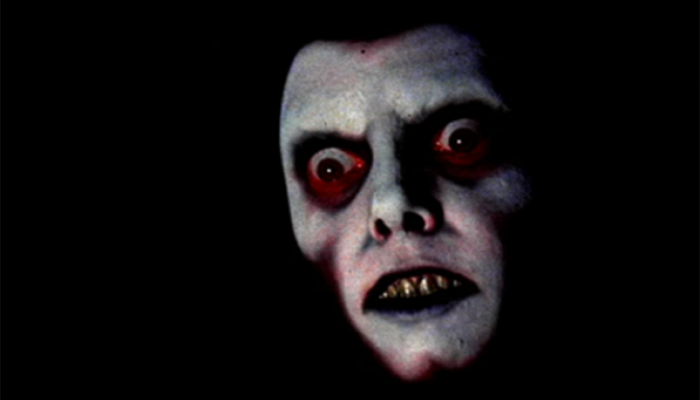
There's no doubt it all helped. Here's out list:
There is no god, right?
Religion, specifically in this case, Catholicism. Rather than some abstract monster or murderer, the evil force in this film is a demon. Demon's don't exist outside of religion, right? So if you're not religious, you've got nothing to be scared about? Even famous atheist Richard Dawkins points out that whilst he believes “there is almost certainly no god," he can't say 100% there is no god, as atheism is based on a lack of evidence, as a counter to the belief that religion requires. And it's this slice of doubt which opens up what happens in The Exorcist to believers and non-believers alike. Perhaps you subscribe to the view of the Jesuit priests in the film, that evil can be a tangible force in the world? Perhaps you're as atheist as you can be, but what if demons are real, and if it can happen to this girl, maybe it can happen to me? Once this thought enters your mind, all bets are off!
Everyday Fears
Although any viewer of The Exorcist will recall the demonic scenes as the most vivid, it's actually some of the scenes in the first half of the film which many report a most disturbing. We refer of course to some of the medical test scene. Regan is subjected to a battery of medical tests as initially it is thought there must be some kind of medical diagnosis to explain her actions. It is the combination of her suffering in these scenes, coupled with the despair of her mother who can't explain what is happening to her daughter that makes this part of the film so powerful. A parent searching for a diagnosis for their suffering child is actually an everyday situation, even if you haven't experienced it yourself, you'll have seen it on a TV show, and this is why you empathise with the terror unleashed on Regan, because we can see the love her mother has for her.
Content and form combined – it looks like no horror film before it
If you go back to the early horror films, The Mummy, Dracula, Frankenstein etc, the classic Universal horror films of the 30s and 40s, they looked like horror films. The direction, the music, the sets, the characters, the over-the-top acting – you knew it couldn't be real. The Exorcist is different in that you're drawn in by the relative normality at the beginning of the film. It then slowly ramps up from 'normal' to 'full on pea-soup vomit demon crucifix' mania. Blatty chose Friedkin to direct as he was a fan of the almost documentary, naturalistic, style of filming he'd employed on his previous feature, French Connection. Like another 70s classic shocker, Jaws, there's no rush to show you the monster (shark or demon) – the director in each film lets the atmosphere build.
Sound & Make Up

The look of the girl when possessed is creepy, no doubt. Green skin, pea soup vomit, rotating head, check. But, without the incredible sound design used for these scenes it wouldn't be half as effective. Listening to it again, there are all kinds of low-down groans and sound effects mixed in to creep you out.
Not only does Regan look incredible when possessed, Max von Sydow, who played Father Merrin, was only in his mid 40s when filming took place, yet the make-up which aged him to a very convincing 76 almost goes unnoticed.
All Bets Are Off
Whilst the first part of the film starts normally, then gradually ramps up the tension, by the time you are in the exorcism scenes you have no idea how far things can go. The behaviour of Regan whilst possessed, the things she says not to mention the things she does with a crucifix, you're likely to have never seen anything like this. The director, Friedkin, seemingly going way beyond what anyone else would film in these scenes, especially given the fact it was released in 1973. It's no wonder people claim to have passed out, vomited, or even suffered a miscarriage due to the stress of watching the film.
More Hollywood Haunted Histories View All
Related Content
Daily Horoscopes
You May Also Like
